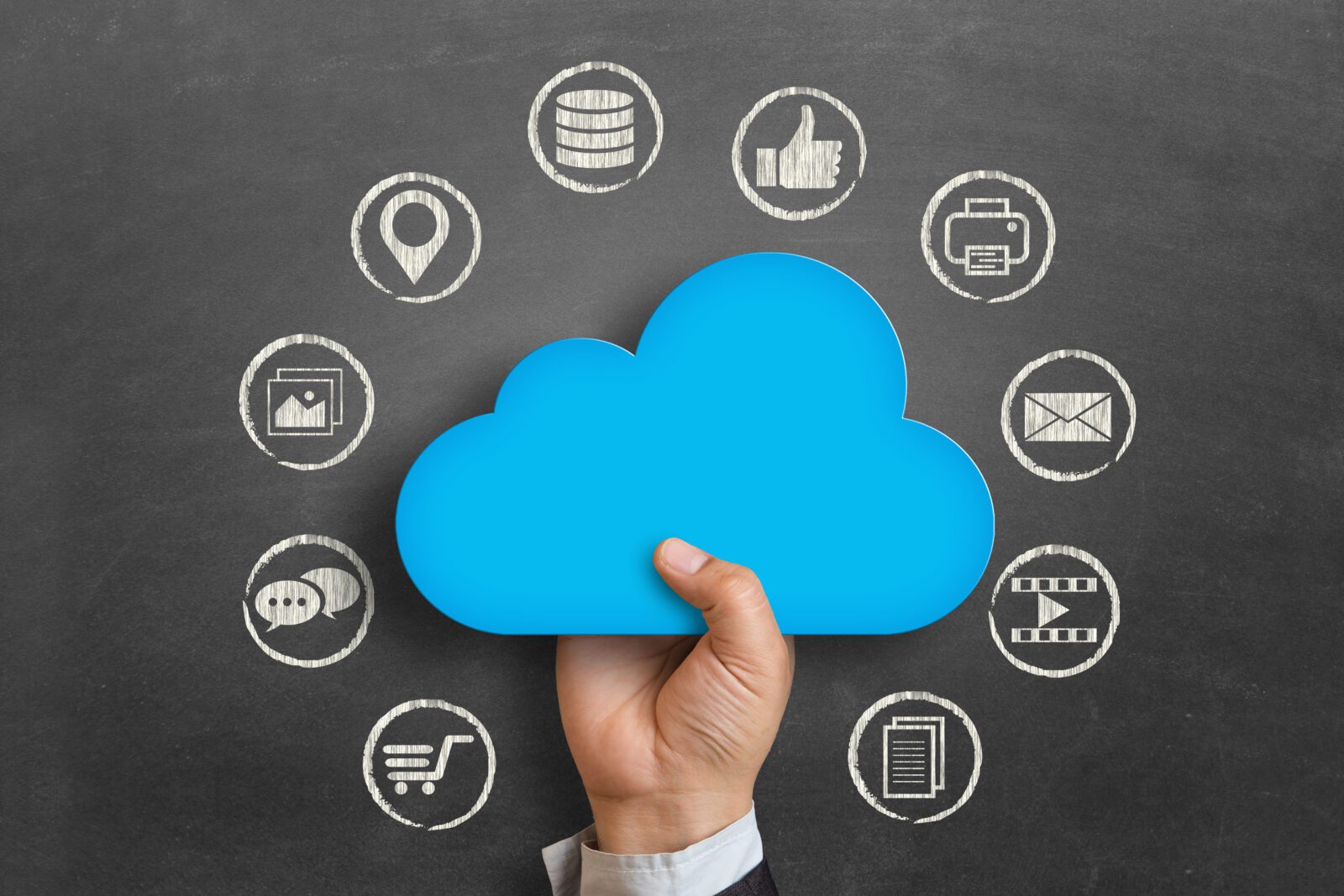Azure Stream Analytics vs Google Dataflow: Which is Better for Real-time Data Processing?
In today’s data-driven world, the ability to process and assess data in real-time is crucial for businesses seeking a competitive edge. Real-time data processing enables organizations to make immediate decisions based on the latestinformation, enhancing responsiveness and operational efficiency. Two leading platforms in this domain are Azure Stream Analytics and Google Dataflow. Both offer powerful tools for real-time data processing, but which one is better suited for your needs?
For professionals and students pursuing a data analytics course in Mumbai, understanding these platforms is essential. This article provides a truly in-depth comparison of Azure Stream Analytics and Google Dataflow, focusing on their features, capabilities, and suitability for real-time data processing.
Overview of Azure Stream Analytics
Azure Stream Analytics is a reliable, real-time analytics service provided by Microsoft Azure. It is designed to process and analyze high volumes of fast streaming data from numerous sources simultaneously. The platform offers a fully managed service with minimal setup, allowing users to focus on developing analytics logic rather than infrastructure management.
Key Features of Azure Stream Analytics:
- Ease of Use: Utilizes a SQL-like query language for defining transformations and analyses.
- Integration with Azure Services: Seamlessly connects with Azure Event Hubs, IoT Hub, and Blob Storage.
- Scalability: Automatically scales to handle varying data loads.
- Temporal Analytics: Supports windowing functions for time-based data analysis.
- Built-in Machine Learning: Integrates with Azure Machine Learning for advanced analytics.
- Low Latency: Processes data with minimal delay, suitable for real-time scenarios.
Overview of Google Dataflow
Google Dataflow is a unified stream and batch data processing service provided by Google Cloud Platform (GCP). It is built on the Apache Beam SDK, allowing developers to write data processing pipelines that can run on multiple execution engines. Dataflow is designed for complex data processing tasks and provides robust features for real-time analytics.
Key Features of Google Dataflow:
- Unified Programming Model: Supports both batch and stream processing using the same codebase.
- Apache Beam SDK: Enables portability across different execution environments.
- Autoscaling: Automatically adjusts resources based on workload demands.
- Advanced Windowing and Triggers: Offers sophisticated options for event time processing.
- Integration with GCP Services: Connects with Pub/Sub, BigQuery, Cloud Storage, and more.
- Fault Tolerance: Ensures data integrity and consistent processing.
Comparing Azure Stream Analytics and Google Dataflow
1. Architecture and Design
Azure Stream Analytics:
- Managed Service: Fully managed by Azure, reducing the need for infrastructure management.
- Stream Processing Focused: Specializes in processing streaming data with low latency.
- Query Language: Uses a SQL-like language, making it accessible to those familiar with SQL.
Google Dataflow:
- Unified Processing: Handles both batch and stream processing within the same framework.
- Flexibility: Offers more control over data pipelines and processing logic.
- Programming Model: Requires knowledge of programming languages like Java or Python using the Apache Beam SDK.
2. Ease of Use and Learning Curve
Azure Stream Analytics:
- User-Friendly: The SQL-like query language lowers the barrier to entry.
- Quick Deployment: Easier setup for simple streaming tasks.
- Ideal for Beginners: Suitable for those new to real-time data processing, including students in a data analyst course.
Google Dataflow:
- Complexity: Steeper learning curve due to the need for programming skills.
- Flexibility Comes with Complexity: Offers advanced features but requires more expertise.
- Suitable for Developers: Better suited for those comfortable with coding and complex data processing tasks.
3. Performance and Scalability
Azure Stream Analytics:
- Scalability: Automatically scales to handle increased data volumes.
- Latency: Provides low-latency processing suitable for real-time analytics.
- Throughput: Handles high-throughput workloads effectively.
Google Dataflow:
- Dynamic Workload Management: Autoscaling adjusts resources dynamically.
- Performance Optimization: Offers fine-grained control over performance tuning.
- Large-Scale Processing: Capable of handling very large datasets with complex transformations.
4. Integration and Ecosystem
Azure Stream Analytics:
- Azure Ecosystem: Integrates seamlessly with Azure services like Event Hubs, IoT Hub, and Power BI.
- Third-Party Integrations: Supports outputs to databases, storage accounts, and dashboards.
- Machine Learning Integration: Works with Azure Machine Learning for predictive analytics.
Google Dataflow:
- GCP Integration: Connects with Google Cloud services such as Pub/Sub, BigQuery, and Cloud Storage.
- Open Source Compatibility: Built on Apache Beam, allowing portability to other environments like Apache Spark or Flink.
- Data Science Tools: Integrates with TensorFlow and AI Platform for machine learning tasks.
5. Pricing and Cost Considerations
Azure Stream Analytics:
- Pricing Model: Based on the actual number of streaming units (compute resources) used.
- Cost-Effective for Small to Medium Workloads: Suitable for organizations with predictable workloads.
- Transparent Pricing: Easy to estimate costs based on resource usage.
Google Dataflow:
- Pricing Model: Based on the amount of data processed and compute resources consumed.
- Flexible Pricing: Autoscaling can lead to cost savings but may also result in variable costs.
- Consideration for Large Workloads: Costs can increase with complex pipelines and high data volumes.
6. Use Cases and Suitability
Azure Stream Analytics:
- Real-Time Dashboards: Ideal for monitoring applications and IoT data visualization.
- Anomaly Detection: Useful for detecting irregularities in streaming data.
- Log Analysis: Processes logs from applications and systems in real-time.
Google Dataflow:
- Complex Data Pipelines: Suitable for advanced data processing and ETL tasks.
- Event-Time Processing: Handles late-arriving data with sophisticated windowing.
- Machine Learning Integration: Capable of integrating machine learning models into data processing pipelines.
Which One Should You Choose?
Azure Stream Analytics is a strong choice if:
- Ease of Use is Important: The SQL-like language makes it accessible for those without extensive programming experience.
- Integration with Azure Services: If your organization primarily uses Azure, the seamless integration is beneficial.
- Real-Time Monitoring Needs: Ideal for applications requiring immediate insights from streaming data.
- Educational Context: For students in a data analytics course in Mumbai, Azure Stream Analytics offers a gentle introduction to real-time data processing.
Google Dataflow is preferable if:
- Complex Data Processing: You need to build sophisticated pipelines with custom logic.
- Unified Batch and Stream Processing: Desire a single platform for all data processing needs.
- GCP Ecosystem Alignment: Your infrastructure relies on Google Cloud services.
- Advanced Users: Suitable for those comfortable with programming and seeking to leverage powerful data processing capabilities.
Relevance for Data Analysts
For professionals and students enrolled in a data analyst course, mastering these platforms can significantly enhance career prospects.
- Practical Skills: Understanding real-time data processing tools is crucial in today’s analytics landscape.
- Industry Demand: Employers seek candidates proficient in platforms like Azure Stream Analytics and Google Dataflow.
- Project Opportunities: Knowledge of these tools enables participation in cutting-edge projects involving IoT, big data, and machine learning.
Practical Applications in Data Analytics Courses
- Hands-On Projects: Implementing real-time analytics solutions as part of coursework.
- Data Integration: Learning how to connect various data sources and outputs.
- Performance Optimization: Gaining insights into scaling and optimizing data processing tasks.
- Cross-Platform Experience: Comparing different platforms enhances adaptability and problem-solving skills.
Conclusion
Both Azure Stream Analytics and Google Dataflow are powerful tools for real-time data processing, each with its strengths and ideal use cases. Azure Stream Analytics excels in ease of use and seamless integration within the Azure ecosystem, making it suitable for organizations and individuals seeking a straightforward solution. Google Dataflow offers advanced capabilities and flexibility, ideal for complex data processing tasks within the Google Cloud environment.
For students and professionals pursuing a data analytics course in Mumbai, understanding both platforms enriches your skill set and prepares you for diverse challenges in the field of data analytics.
Name: ExcelR- Data Science, Data Analytics, Business Analytics Course Training Mumbai
Address: 304, 3rd Floor, Pratibha Building. Three Petrol pump, Lal Bahadur Shastri Rd, opposite Manas Tower, Pakhdi, Thane West, Thane, Maharashtra 400602
Phone Number: 09108238354


















